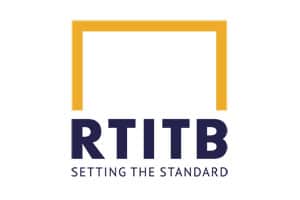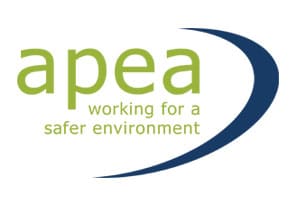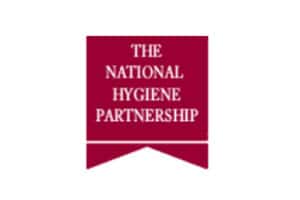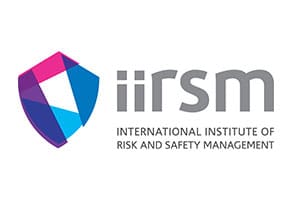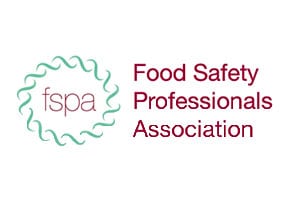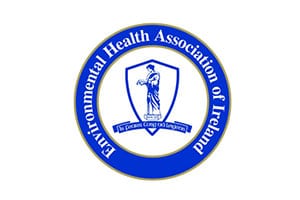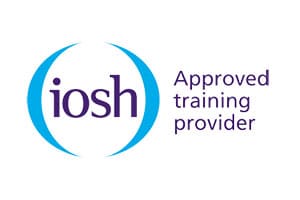Dust hazards are a silent threat in the workplace. Stay informed and take action to prevent accidents and protect your workforce with this essential guide.
Dust may seem harmless, but in the workplace, it can pose serious hazards to the health and safety of employees. From respiratory issues to fire and explosion risks, it’s important for employers and workers to be aware of the potential dangers and take proactive measures to prevent accidents. This guide provides essential information on identifying and managing dust hazards in the workplace to ensure a safe and healthy environment for all.
Understand the Risks of Dust Hazards…
Dust hazards in the workplace can lead to serious health and safety risks for employees. Inhalation of dust particles can cause respiratory issues such as asthma, bronchitis, and even lung cancer. Additionally, certain types of dust, such as combustible dust, can create a fire and explosion hazard if not properly managed. It is crucial for employers and workers to understand the risks associated with dust hazards and take appropriate measures to prevent accidents and protect the workforce. This includes implementing proper ventilation systems, using personal protective equipment, and regularly cleaning and maintaining work areas to minimize dust accumulation. By being proactive and informed, employers can create a safe and healthy workplace environment for their employees.
Implement Proper Ventilation and Dust Control Measures…
One of the most important steps in preventing dust hazards in the workplace is to implement proper ventilation and dust control measures. This involves ensuring that work areas are properly ventilated to minimize the accumulation of dust particles in the air. Employers should consider installing ventilation systems that can effectively remove dust from the air and provide a clean and safe working environment. Additionally, it is crucial to regularly clean and maintain these ventilation systems to ensure their effectiveness. Employers should also provide employees with personal protective equipment, such as masks or respirators, to further protect them from inhaling dust particles. By taking these measures, employers can significantly reduce the risk of respiratory issues and create a safer workplace for their workforce.
Regularly Clean and Maintain Equipment and Work Areas…
Regular cleaning and maintenance of equipment and work areas is crucial in preventing dust hazards in the workplace. Dust can accumulate on surfaces and machinery over time, increasing the risk of ignition or inhalation. Employers should establish a regular cleaning schedule and ensure that all employees are trained on proper cleaning procedures. This includes using appropriate cleaning tools and products to effectively remove dust and debris. Additionally, equipment should be regularly inspected and maintained to identify any potential issues or malfunctions that could contribute to dust hazards. By prioritizing cleanliness and maintenance, employers can create a safer work environment and reduce the risk of accidents and health problems associated with dust exposure.
Provide Proper Training and Education to Employees…
One of the most important steps in preventing dust hazards in the workplace is providing proper training and education to employees. This includes educating them about the potential risks and dangers associated with dust exposure, as well as teaching them how to properly clean and maintain equipment and work areas. Employees should be trained on the proper use of cleaning tools and products, as well as the importance of following established cleaning procedures. Additionally, they should be educated on the signs and symptoms of dust-related health problems, such as respiratory issues and allergies, so that they can seek medical attention if necessary. By ensuring that employees are well-informed and equipped with the necessary knowledge and skills, employers can help prevent accidents and protect the health and safety of their workforce.

